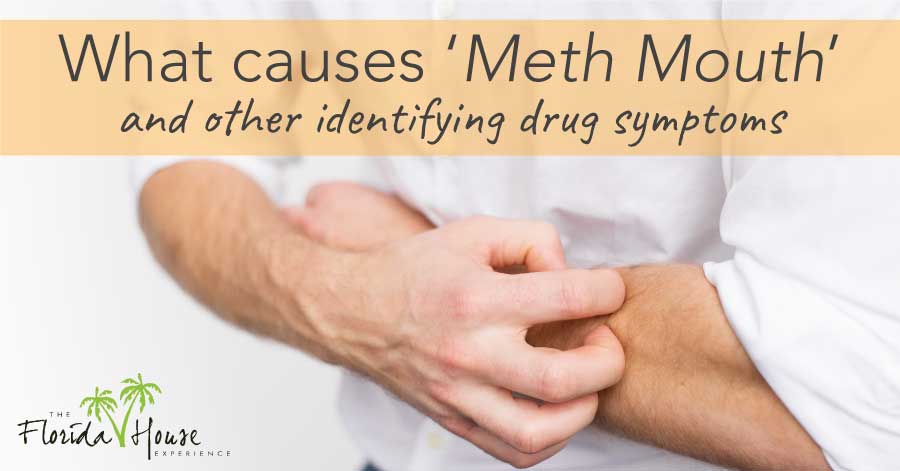
For those who begin experimenting with drugs in a social setting, it’s easy to assume that getting high and partying with friends is all fun and games. After all, the effects are short term, and in the initial days of use, it is fully possible to balance a normal life with occasional recreational dabbling without significant signs or side effects.
However, continued use has a tendency to escalate into addiction, leading to a downward cycle that affects all aspects of life, from job stability to relationships. One of the largest areas of consequence? Health and appearance. From the tooth decay known as meth mouth in chronic methamphetamine users to the track marks common in heroin addicts, heavy drug use leads to numerous physical consequences that are hard to ignore.
Methamphetamine
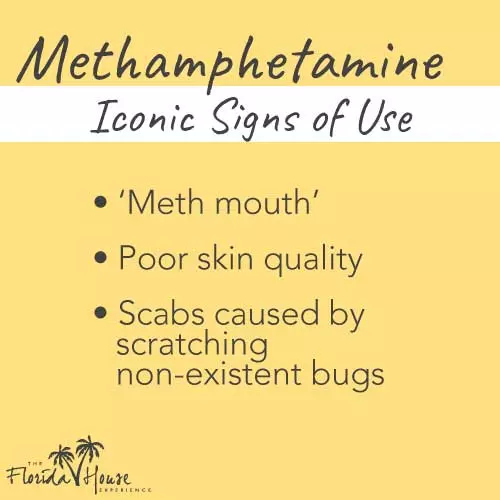 Methamphetamine, also known by slang names like crystal meth, glass or ice, is a synthetic stimulant that is frequently made of items like pseudoephedrine, drain cleaner and lye. Due to its toxic composition, meth has the potential to cause numerous harmful side effects to the body, the most common of which is known as meth mouth.
Methamphetamine, also known by slang names like crystal meth, glass or ice, is a synthetic stimulant that is frequently made of items like pseudoephedrine, drain cleaner and lye. Due to its toxic composition, meth has the potential to cause numerous harmful side effects to the body, the most common of which is known as meth mouth.
Meth mouth occurs for a number of reasons, including poor dietary habits and neglect of common dental care due to drug use. Further, meth use can cause prolonged dry mouth and teeth grinding, both of which can exacerbate rotting or broken teeth.
Meth users are also known for poor skin quality, including scabs caused by “meth mites.” Meth mites are not actual insects but rather the imagined sensation of bugs under the skin that can accompany meth use. To alleviate the itching or irritation from meth mites, many users compulsively scratch or pick at the skin, leaving wounds that scab over or, worse, result in infection.
Alcohol
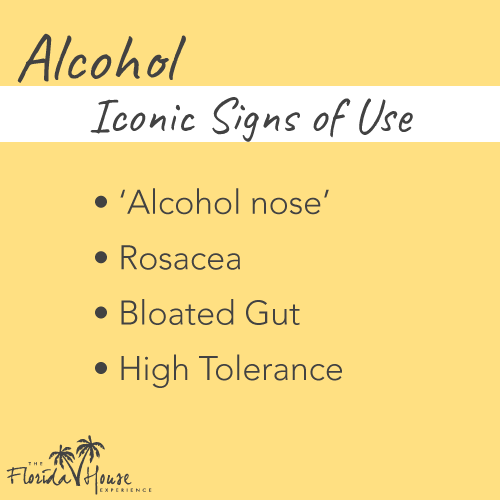
Colloquially called alcoholic nose, rhinophyma is the clinical name for the red, bumpy and swollen appearance that can accompany years of heavy drinking. Some studies call the connection between alcoholism and a red nose into question because rhinophyma is related to rosacea and can appear in even non-drinkers. But alcohol’s ability to enlarge blood vessels can lead to increased visibility on the surface of the skin. For those with a history of rosacea, drinking can exacerbate side effects.
Heavy drinkers are also likely to have a large stomach, commonly known as a beer gut or beer belly. Like rhinophyma, alcohol can contribute to a large stomach, but generally isn’t the sole cause. An enlarged stomach is associated with fat deposits, which come from consuming more calories than are expended. The average drink has 100 to 150 calories, making it easy for even moderate drinkers to add an extra 200 to 300 calories without even noticing. Drinking beer can also result in a reduction in fat burning because the body is busy breaking down alcohol instead of other forms of fuel.
Cocaine
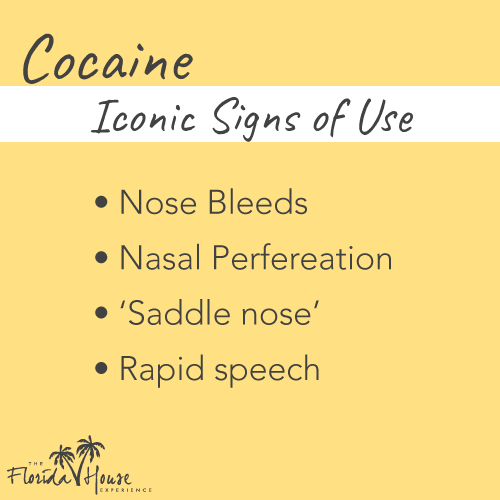
For many users, cocaine is often inhaled through the nose for a quick, potent high. While effective, this method can cause significant damage to the nasal passages. Snorting or sniffing powder can irritate the sensitive lining of the nostrils, leading to epistaxis. Cocaine can also cause vasoconstriction, the construction of the blood vessels. This can lead to tissue damage in the septal lining, which can then cause septal perforation.
As a serious injury to the nose, perforation can require surgery to treat. If left untreated, the perforation can become infected and widen, changing the shape of the nose permanently. The changing shape due to cocaine abuse or other nasal trauma is known as saddle nose. This can also result in a loss of the sense of smell.
Heroin
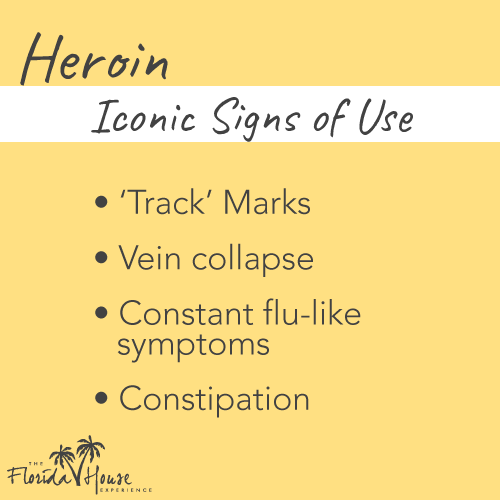
Injecting anything into the body without professional medical oversight is generally a poor decision. When untrained users inject heroin into the veins, it’s easy to cause injury, leading to holes, sores or wounds. Continued injection into the same sites can lead to scarring and dark pigmentation, creating lines on the body known as track marks. These are most commonly found on the inner arms, but in serious users, they can be seen anywhere veins are accessible.
For users who do not use a new, clean needle with every injection, collapsed veins are also a possibility. When a blunt or dirty needle repeatedly enters the same vein, a vein can become damaged and blocked, eventually leading to permanent collapse. This can cause skin discoloration as well. Once a vein is damaged to this degree, it can never be healed. Collapsed veins can’t be used to shoot up and can no longer circulate blood.
Track marks are not exclusive to heroin — they can be caused by injecting drugs of any kind — but are most commonly seen in heroin users.
The Dangers of Visible Symptoms of Drug Abuse
While the physical signs of abuse can be alarming or dangerous in and of themselves, they are often indicators that more serious issues may be going on beneath the surface that cannot be seen. If you or someone you love is showing common symptoms of drug or alcohol abuse, getting help is critically important.
At FHE Health, we are here to provide comprehensive care to those at all stages of addiction, offering support from detox to sober living. Please contact us today to speak to a member of our intake team and learn more about how our addiction medicine experts can make a difference for you.






